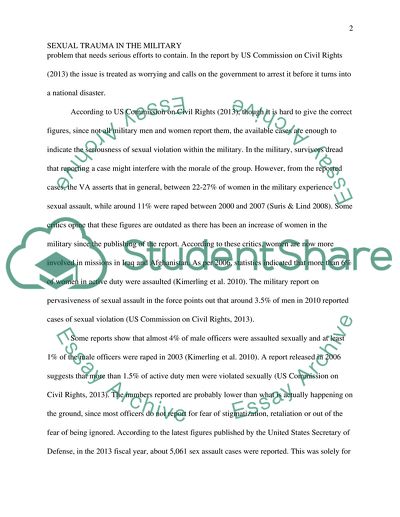Cite this document
(Sexual Harassment In The United States Armed Forces Essay, n.d.)
Sexual Harassment In The United States Armed Forces Essay. Retrieved from https://studentshare.org/psychology/1848390-creation-of-rough-draft
Sexual Harassment In The United States Armed Forces Essay. Retrieved from https://studentshare.org/psychology/1848390-creation-of-rough-draft
(Sexual Harassment In The United States Armed Forces Essay)
Sexual Harassment In The United States Armed Forces Essay. https://studentshare.org/psychology/1848390-creation-of-rough-draft.
Sexual Harassment In The United States Armed Forces Essay. https://studentshare.org/psychology/1848390-creation-of-rough-draft.
“Sexual Harassment In The United States Armed Forces Essay”, n.d. https://studentshare.org/psychology/1848390-creation-of-rough-draft.


